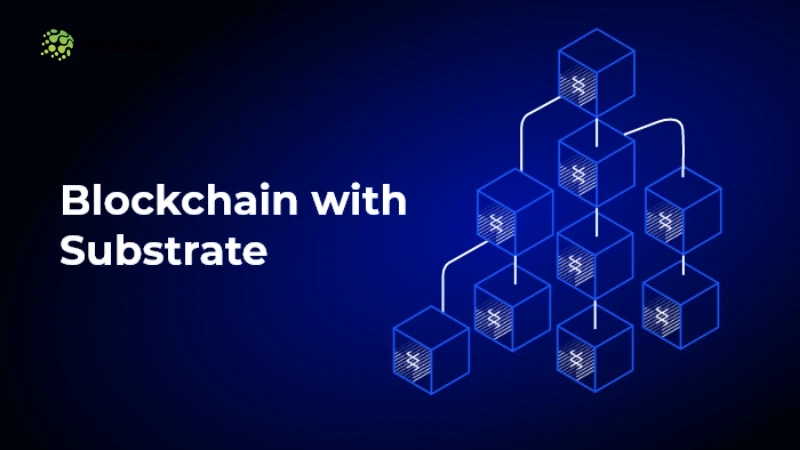Introduction:
In the dynamic realm of blockchain technology, the Substrate framework emerges as a beacon of innovation, enabling developers to craft bespoke blockchains with relative ease. Protocol development, the backbone of blockchain functionality, is redefined through Substrate’s modular design. This article dives into the world of Substrate Protocol Development, elucidating its components, advantages, and the transformative potential it holds for decentralized technology.
Section 1: What is Substrate?
Substrate is a blockchain framework that grants developers the tools to create a tailored blockchain ecosystem. Developed by Parity Technologies, Substrate is the culmination of lessons learned from building Ethereum and Bitcoin. It stands out with its adaptability, allowing developers to select specific components that align with their blockchain’s purpose.
Core Components of Substrate
Substrate's architecture is a composite of several critical components. Its Runtime Module Library (FRAME) facilitates the development of customizable, interchangeable modules that dictate the blockchain’s governance, consensus, and other functionalities. Networking is handled robustly, allowing for seamless interaction between nodes, while consensus mechanisms can be fine-tuned to fit various governance models. Substrate's database structure ensures efficient data storage and retrieval, enhancing overall blockchain performance.
Advantages of Using Substrate for Blockchain Development
Substrate’s principal advantage lies in its rapid development cycle, significantly reducing the time from conception to deployment. The framework's flexibility permits developers to experiment with novel blockchain paradigms without being restricted by the underlying technology. Moreover, scalability is a cornerstone of Substrate, offering solutions that can evolve with growing user bases and complexity. The framework is supported by a vibrant community, ensuring resources and expertise are readily available.
Substrate Protocol Development in Action
The real-world applications of Substrate are as diverse as the blockchains it helps create. For instance, Polkadot, a multi-chain network, is built on Substrate, exemplifying its capability to facilitate interoperability and scalability. Newcomers to Substrate can embark on their development journey by experimenting with pre-built modules before progressing to create their unique solutions, all made possible by Substrate's extensive documentation and tutorials.
Challenges in Substrate Protocol Development
While Substrate offers a myriad of opportunities, it also presents challenges, primarily due to its sophisticated and intricate nature. New developers may face a steep learning curve, and the modular design, while powerful, requires a deep understanding to be effectively utilized. However, these hurdles can be mitigated through persistent learning and active community engagement.
The Future of Substrate and Protocol Development
Substrate continues to evolve, with updates aimed at enhancing usability and expanding functionality. The framework is poised to play a pivotal role in the future of decentralized applications and blockchain interoperability. As Substrate matures, it is expected to lower barriers to entry for blockchain development, fostering a wave of innovation in the decentralized space.
Conclusion:
Substrate Protocol Development is an exciting frontier for developers looking to leave their mark on the blockchain world. With its comprehensive design, Substrate empowers developers to push the boundaries of what’s possible in decentralized systems. By engaging with the Substrate community and leveraging the framework's capabilities, developers can create blockchain solutions that are not only innovative but also transformative.



